2018 Nissan Leaf: Four Things We Like
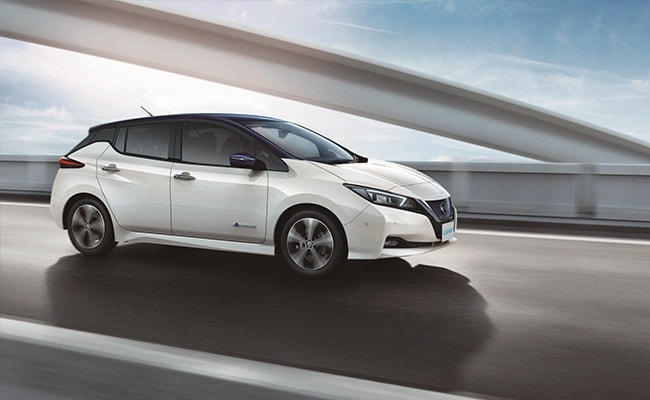
- 2018 Nissan Leaf is based on a completely new design language
- For the first time in the segment, the new Leaf gets E-Pedal
- Nissan will most likely launch the new Leaf in India next year
Nissan unveiled the second generation Leaf electric vehicle in Japan last week. While the 2018 Nissan Leaf is based on a completely new design language, it also comes with numerous autonomous features, which are a first for the company to introduce in their Leaf electric car. Now, we have already told you everything there is to know about the new Leaf and that it will also come to India by next year. Today we talk about the four unique features that we like in the new generation Leaf.
Exterior Design
When Nissan launched the first generation Leaf, it had no point of reference for the designing an electric cars. In terms of looks, the 2010 Nissan Leaf was an average looking electric car without any major styling details. It was boring and did not excite much for the younger audience. However, the company did manage to sell over 3 lakh units of the 2010 Nissan Leaf before giving it a major upgrade. The 2018 Nissan Leaf takes the design of an electric car to the next level as the engineers and the design team have given extra attention to the way the car looks now. The 2018 Nissan Leaf's sporty look is inspired from the Nissan IDS Concept car, first shown at the 2015 Tokyo Motor Show.
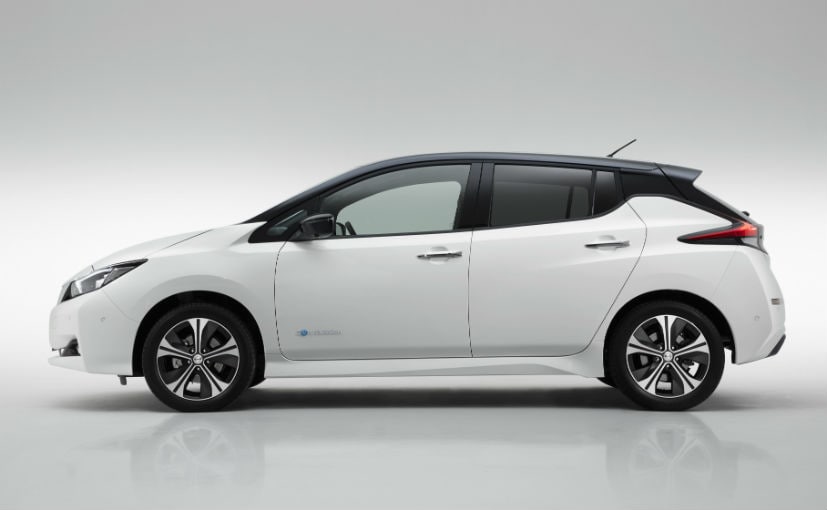
(2018 Nissan Leaf)
The philosophy behind the exterior design was to express clean and simple lines and a robust and sleek silhouette. The horizontal character line, the bumper and the striking highlights in the lower part of the body emphasize lower center of gravity, giving the driver an instinctive feeling that it's agile and fun to drive. The signature V-Motion grille, the 'boomerang' light signature and the floating roof is similar to other Nissan models such as the popular X-Trail and the new gen Micra.
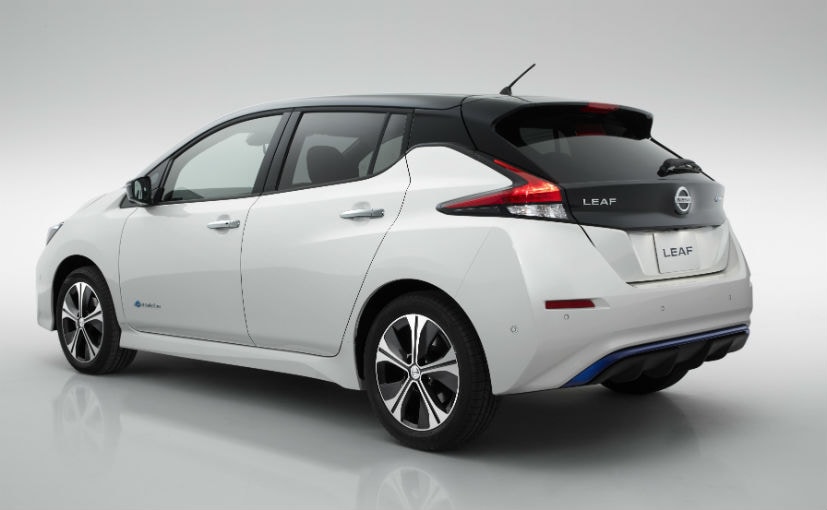
(2018 Nissan Leaf)
The rear combination lamps feature a unique signature that's easily recognizable from a distance. A spoiler integrated in the window graphics gives the new Nissan LEAF an impressive, sporty look. The low hood blends flawlessly into the windshield and floating roof, creating a sleek silhouette that makes air flow.
Interior Design
On the inside, the new Nissan Leaf's cabin features roominess with the Gliding Wing design language used as framework. The redesigned driver information display has a simple, light configuration without excessive decoration and focuses more on visibility. The cabin features a vibrant blue stitching, in the seats, door trim, armrest and steering wheel. The blue, illuminated power switch and shift knob finisher create a high-tech feeling. The 2018 Nissan LEAF also allows the drivers to access the information they need where they need it for a pleasant drive.
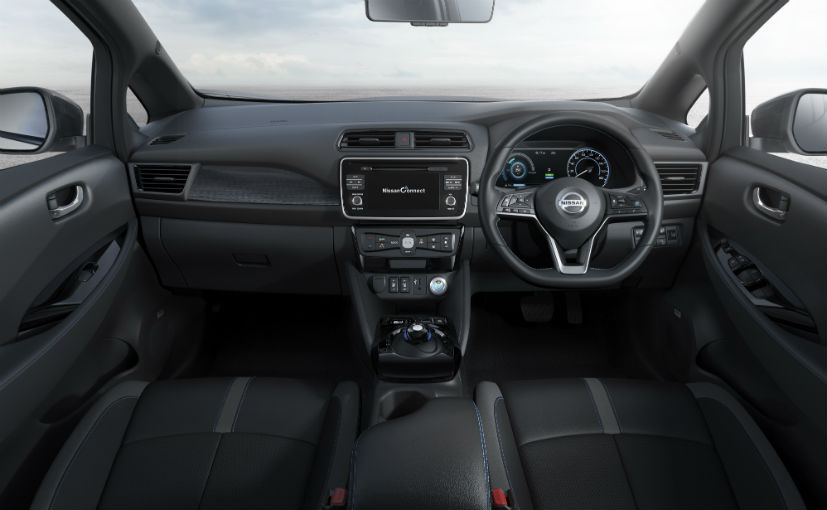
(2018 Nissan Leaf)
Most notable feature in the new Nissan Leaf is the combination of an analog speedometer and a multi-information display. On the left side, a 7-inch, full-color, TFT display shows a power gauge meter as the standard setting. The driver can easily change the information that's displayed. The center display has a screen with a flush-surface design allowing the driver to easily operate audio and navigation systems and connects to smartphones with just a fingertip. The display shows the Safety Shield technology, the vehicle's state-of-charge and a power gauge, as well as audio and navigation system information. Using Nissan Connect App, the driver can search for updated information such as location and operating hours of free charging stations and charging station availability. Owners can also access their smartphone to check the car's battery status. On the features front, the new Leaf gets Apple CarPlay and is equipped with the navigation system. The audio functions can be modified with a steering switch, without the driver taking their hands off the steering wheel.

(2018 Nissan Leaf)
The front console has been completely redesigned. Dual cup holders are now between the driver's seat and front passenger seat. This allows for a new stowage area at the base of the center console - ideal for a smartphone or wallet - as well as an easily accessible power switch, a 12-volt power outlet and a USB port. This new center console design gives easier access to the controls and switchgear in the lower portion. Energy-efficient air-conditioning and heating systems provide elevated comfort inside the cabin. This too, can be controlled using the Nissan Connect App.
Nissan Intelligent Driving
With the 2018 Nissan Leaf, the Japanese electric car-makers are hoping to set new standards in the growing market for mainstream electric cars. For this, the company is offering a host of new features that will make owning an electric car more convenient and environment friendly. The new, zero-emission Nissan Leaf represents Nissan Intelligent Mobility, the company's approach to changing the way cars are driven, powered and integrated into society. The three key aspects are Nissan Intelligent Driving, Nissan Intelligent Power and Nissan Intelligent Integration. But today, we will talk about the Leaf's Nissan Intelligent Driving technology, which consists of ProPilot, ProPilot Park and E-Pedal technology.

(2018 Nissan Leaf)
First up, the ProPilot feature, that is a single-lane autonomous driving technology. Once activated, it can automatically control the distance to the vehicle in front, using a speed preset by the driver. It can help the driver steer and keep the vehicle centered in its lane. If the car in front stops, the ProPilot system will automatically apply the brakes to bring the vehicle to a full stop if necessary. After coming to a full stop, the vehicle can remain in place even if the driver's foot is off the brake. If traffic restarts, the car will resume driving when the driver touches the switch again. Nissan guarantees that all these functions can significantly reduce stress when driving on the highway in both heavy and flowing traffic.
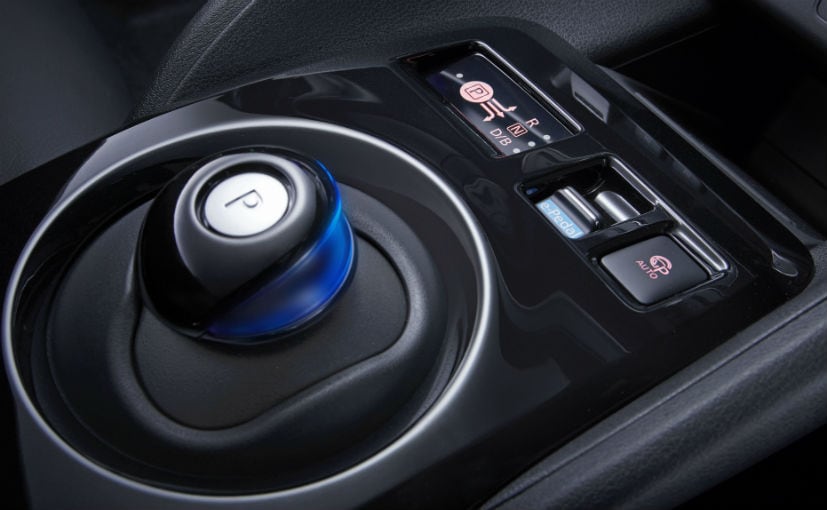
(2018 Nissan Leaf)
Second on the list is the ProPilot Park. This is a fully fledged system that helps drivers park by automatically controlling acceleration, brakes, handling, shift changing and parking brakes to guide the car into a parking spot. By combining four high-resolution cameras and information from 12 ultrasonic sensors around the car, the ProPilot Park guides the car into a space safely and accurately. All steering, braking and throttle inputs for various parking maneuvers are automated. The system can automatically identify a parking space around the car so that the driver doesn't need to set a target parking position. Requiring only three easy steps for activation, this technology liberates drivers from one of the most tedious.
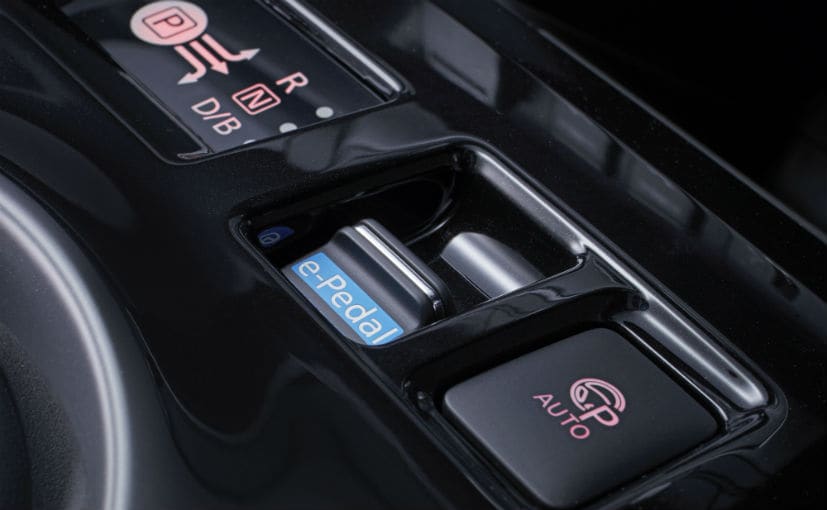
(2018 Nissan Leaf)
Third on the list and a first from Nissan is the E-Pedal, which comes as standard equipment. It allows the driver to start, accelerate, decelerate, stop and hold the car by using the accelerator pedal alone. By simply releasing the accelerator, the car will come to a smooth and complete stop and hold without the need to press the brake pedal. The E-Pedal eliminates the need for drivers to constantly move their foot from the accelerator to the brake pedal to slow down or stop.
Extended Range
The focal point of Nissan Intelligent Power in the new Leaf is the e-powertrain, which offers improved energy efficiency and increased torque and power output. The new e-powertrain delivers a power output of 110 kW, almost 40 per cent more than the previous-generation Nissan Leaf. Torque has been increased 26 per cent to 320 Nm, resulting in improved acceleration, while the car's new lithium-ion battery pack delivers an estimated range of 400 km by Japan standards.
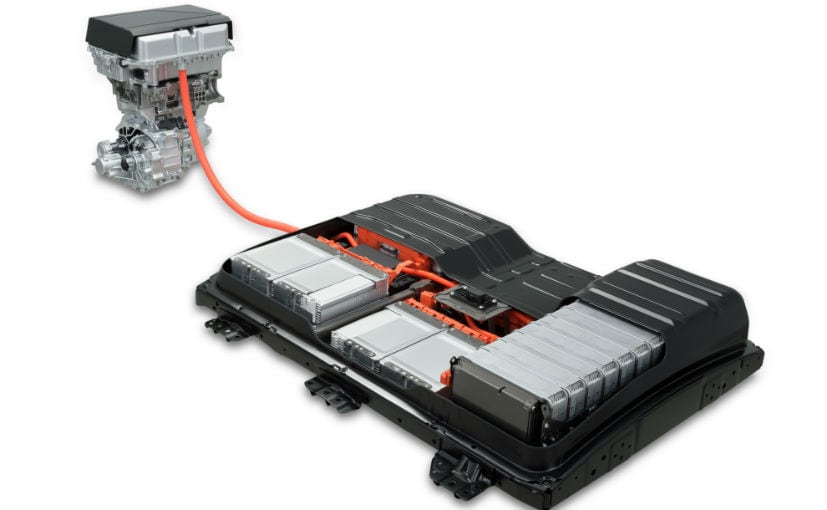
(2018 Nissan Leaf)
The individual cell structure of the laminated lithium-ion battery cells has been improved, representing a notable 67 per cent increase in energy density versus the 2010 model. Another key engineering improvement for the lithium-ion battery pack is enhanced electrode materials with revised chemistry, resulting in higher power density while contributing to greater battery durability upon charge and discharge.
Latest News
 Jaiveer Mehra | Jan 13, 2026Tata Punch Facelift Launched At Rs 5.59 Lakh; Gets Turbo-Petrol Engine OptionUpdated micro SUV gets revised styling, new features and a new turbo-petrol powertrain option.1 min read
Jaiveer Mehra | Jan 13, 2026Tata Punch Facelift Launched At Rs 5.59 Lakh; Gets Turbo-Petrol Engine OptionUpdated micro SUV gets revised styling, new features and a new turbo-petrol powertrain option.1 min read car&bike Team | Jan 12, 2026Updated Royal Enfield Goan Classic 350 Launched: Gets Slip And Assist ClutchThe updated Goan Classic also gets a faster Type-C charging port.1 min read
car&bike Team | Jan 12, 2026Updated Royal Enfield Goan Classic 350 Launched: Gets Slip And Assist ClutchThe updated Goan Classic also gets a faster Type-C charging port.1 min read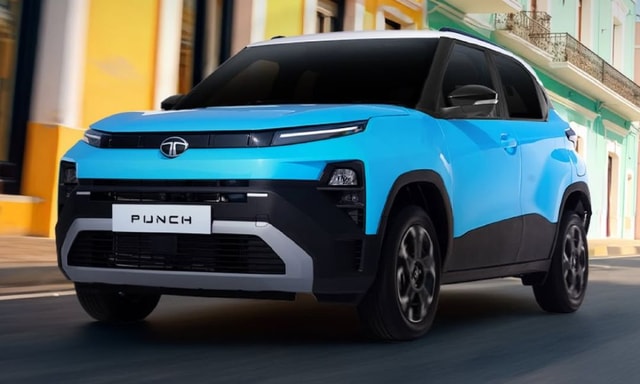 Jaiveer Mehra | Jan 12, 2026Tata Punch Facelift Launch Tomorrow: What To ExpectUpdated internal combustion Punch gets a design in line with its larger siblings as well as a new engine option.3 mins read
Jaiveer Mehra | Jan 12, 2026Tata Punch Facelift Launch Tomorrow: What To ExpectUpdated internal combustion Punch gets a design in line with its larger siblings as well as a new engine option.3 mins read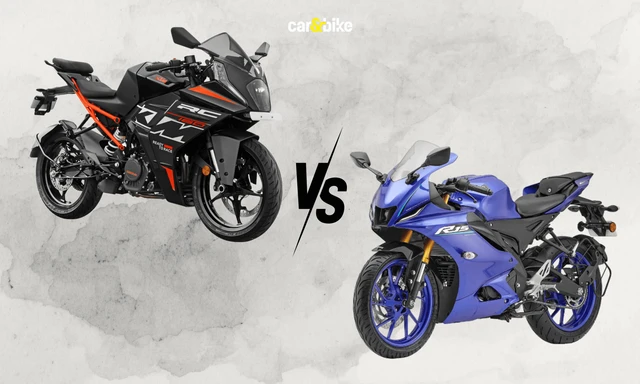 Jafar Rizvi | Jan 9, 2026KTM RC 160 vs Yamaha R15: Specifications, Features, Prices ComparedKTM’s new RC 160 goes head-to-head with the Yamaha R15 in the entry-level sportbike category. Here is how the two fare on paper.1 min read
Jafar Rizvi | Jan 9, 2026KTM RC 160 vs Yamaha R15: Specifications, Features, Prices ComparedKTM’s new RC 160 goes head-to-head with the Yamaha R15 in the entry-level sportbike category. Here is how the two fare on paper.1 min read Amaan Ahmed | Jan 9, 2026Suzuki E-Access Launched At Rs 1.88 Lakh; LFP Battery Promises 95 KM RangeOriginally confirmed for a June 2025 launch, Suzuki's first electric two-wheeler for India has finally arrived almost a year after making its global debut at Auto Expo 2025.3 mins read
Amaan Ahmed | Jan 9, 2026Suzuki E-Access Launched At Rs 1.88 Lakh; LFP Battery Promises 95 KM RangeOriginally confirmed for a June 2025 launch, Suzuki's first electric two-wheeler for India has finally arrived almost a year after making its global debut at Auto Expo 2025.3 mins read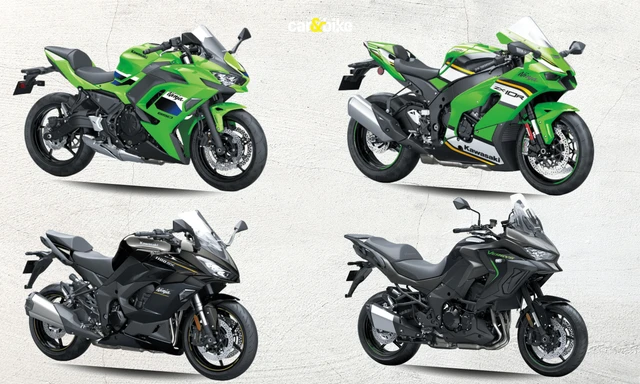 car&bike Team | Jan 9, 2026Kawasaki Ninja, Versys Models Offered With Discounts Of Up To Rs 2.50 LakhThe Ninja ZX-10R is offered with maximum benefits, followed by the Ninja 1100SX and Versys 1100.1 min read
car&bike Team | Jan 9, 2026Kawasaki Ninja, Versys Models Offered With Discounts Of Up To Rs 2.50 LakhThe Ninja ZX-10R is offered with maximum benefits, followed by the Ninja 1100SX and Versys 1100.1 min read
 Bilal Firfiray | Jan 9, 2026Toyota Urban Cruiser Hyryder: 10,000 km Long-Term ReviewAfter spending over three months and 10,000 km with the Toyota Urban Cruiser Hyryder Hybrid, we were impressed by its real-world mileage, seamless hybrid, practical comfort, and Toyota reliability. Is it the best C-SUV then?5 mins read
Bilal Firfiray | Jan 9, 2026Toyota Urban Cruiser Hyryder: 10,000 km Long-Term ReviewAfter spending over three months and 10,000 km with the Toyota Urban Cruiser Hyryder Hybrid, we were impressed by its real-world mileage, seamless hybrid, practical comfort, and Toyota reliability. Is it the best C-SUV then?5 mins read Seshan Vijayraghvan | Jan 8, 20262026 Mahindra XUV 7XO Review: Big On Tech, Bigger On ComfortThe new Mahindra XUV 7XO is flashier, feature packed, and comes with more advanced tech. But are the changes just incremental or actually substantial?1 min read
Seshan Vijayraghvan | Jan 8, 20262026 Mahindra XUV 7XO Review: Big On Tech, Bigger On ComfortThe new Mahindra XUV 7XO is flashier, feature packed, and comes with more advanced tech. But are the changes just incremental or actually substantial?1 min read Preetam Bora | Jan 10, 2026Simple One Gen 2 First Ride Review: 265 km Claimed Range!The Gen 2 model of Simple Energy’s first electric scooter gets a fair few updates, including new features, tech, more range and lighter weight. We spent a couple of hours with the Simple One Gen 2 to find out if it manages to impress.6 mins read
Preetam Bora | Jan 10, 2026Simple One Gen 2 First Ride Review: 265 km Claimed Range!The Gen 2 model of Simple Energy’s first electric scooter gets a fair few updates, including new features, tech, more range and lighter weight. We spent a couple of hours with the Simple One Gen 2 to find out if it manages to impress.6 mins read Amaan Ahmed | Jan 3, 2026VLF Mobster 135 300 KM Review: Fun But FlawedA 125 cc scooter with Italian design and Chinese genes is a rare combination, and while some may be tempted to dismiss it because of its origins, the VLF Mobster shows 125s can also be exciting – but not without compromises.11 mins read
Amaan Ahmed | Jan 3, 2026VLF Mobster 135 300 KM Review: Fun But FlawedA 125 cc scooter with Italian design and Chinese genes is a rare combination, and while some may be tempted to dismiss it because of its origins, the VLF Mobster shows 125s can also be exciting – but not without compromises.11 mins read Preetam Bora | Dec 30, 2025TVS Orbiter Review: Real-World Performance and Range TestedThe TVS Orbiter is a promising electric scooter promising decent range, practicality and pricing. But is there any reason to avoid it? We spent a few days getting to know it better.9 mins read
Preetam Bora | Dec 30, 2025TVS Orbiter Review: Real-World Performance and Range TestedThe TVS Orbiter is a promising electric scooter promising decent range, practicality and pricing. But is there any reason to avoid it? We spent a few days getting to know it better.9 mins read





















































































































